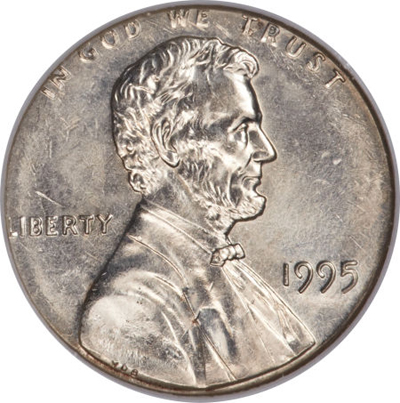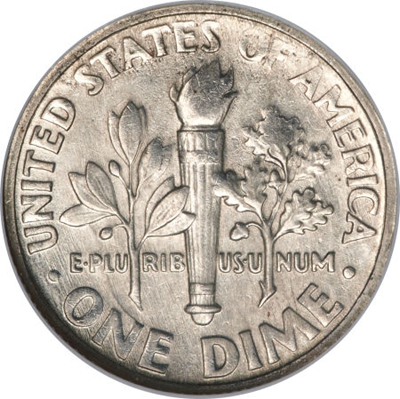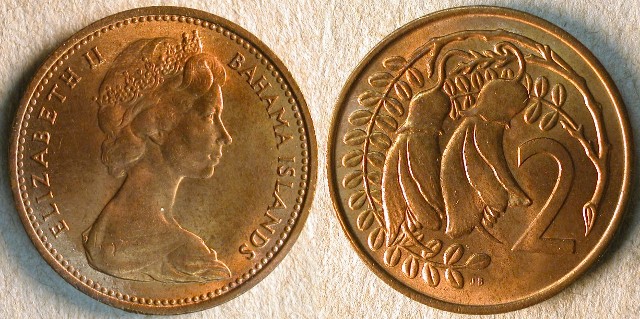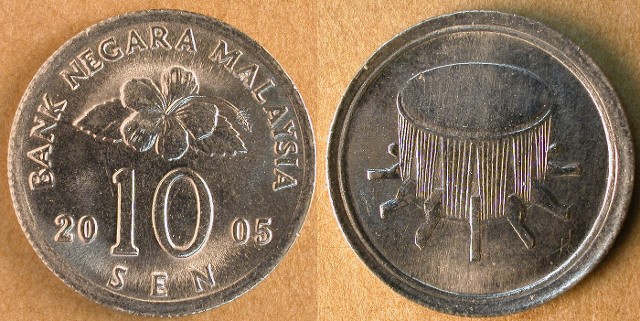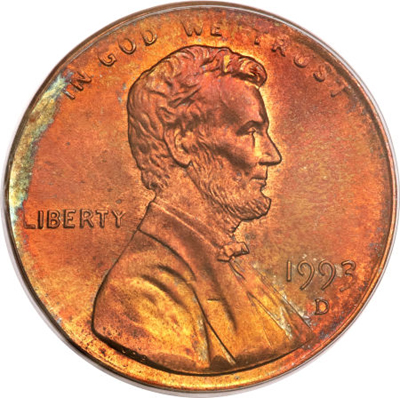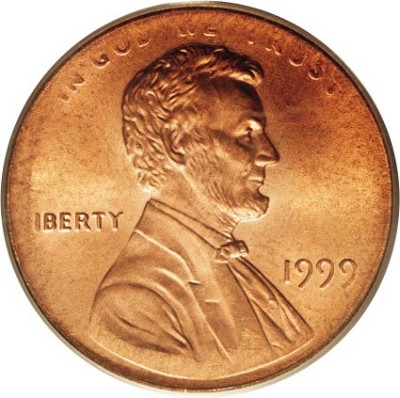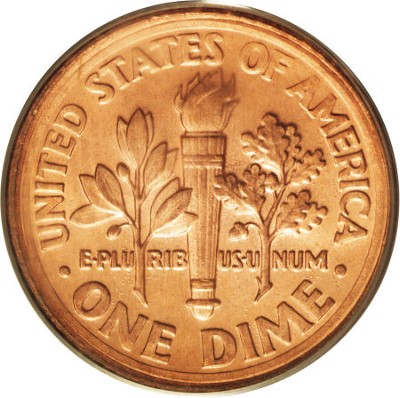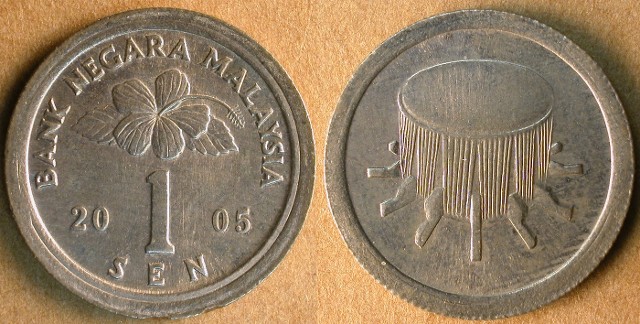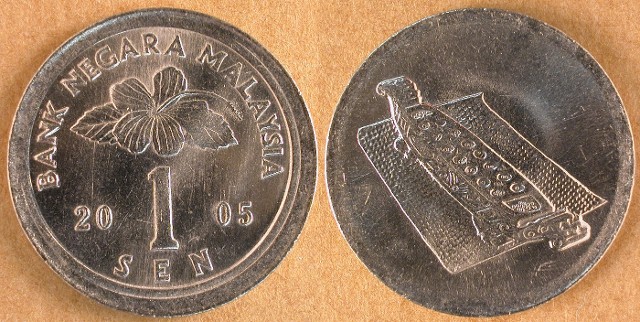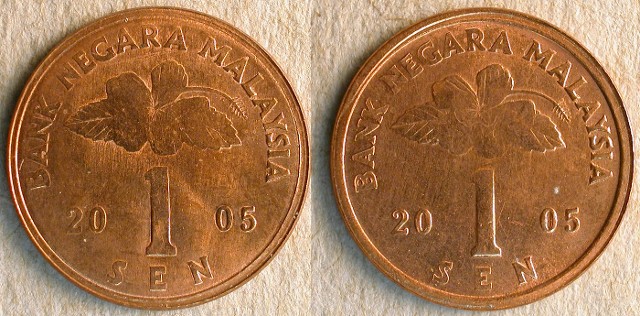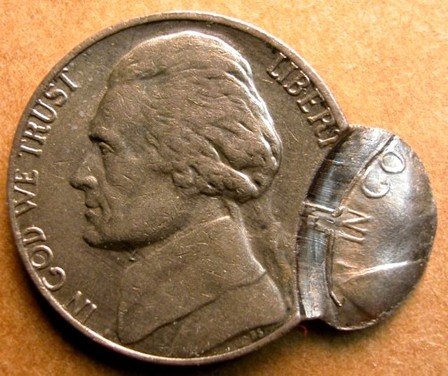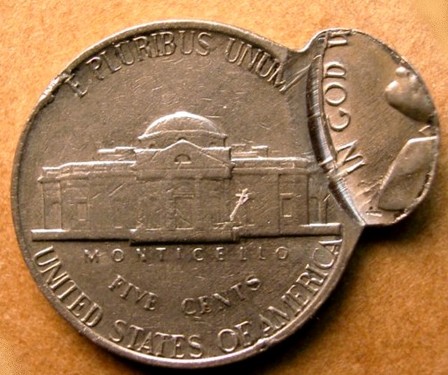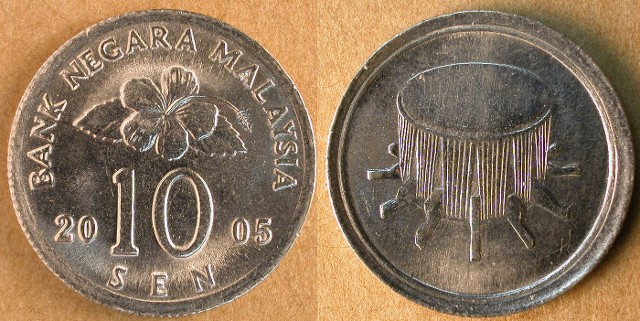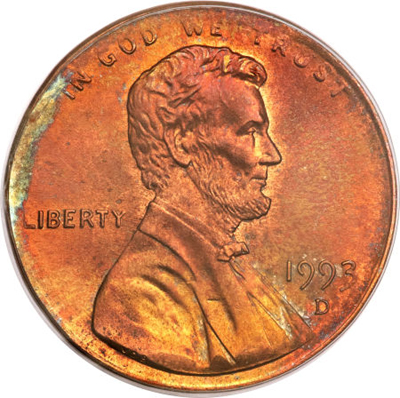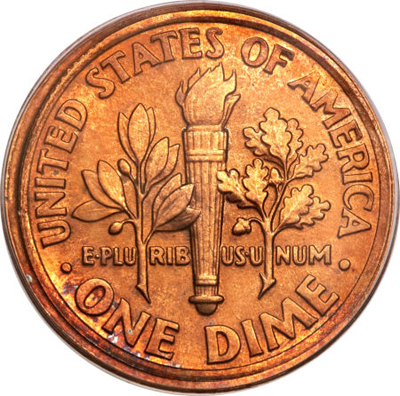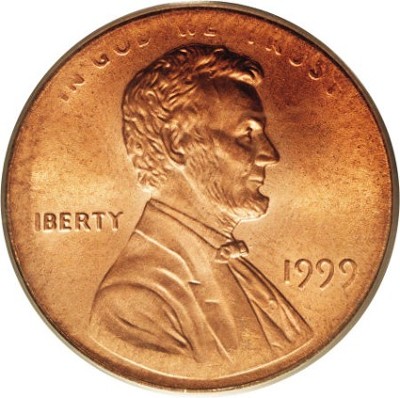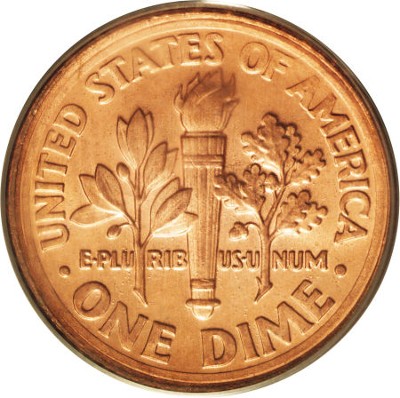PART III. Die Installation Errors:
Mules:
Collar mules, collar from different denomination of
same or similar size installed
Definition: Collar mule: A coin is struck inside a collar intended for a different denomination of the same or similar size. The edge details will be visibly different, (e.g., smooth instead of reeded).
It pays to remember that three dies are involved in striking a coin – the hammer die, the anvil die, and the
collar. A mismatch between any of those three dies should qualify as a mule. The term “collar mule” has been chosen to identify those errors in which an incorrect collar from one denomination was installed in a press set up
to strike a different denomination. Of necessity, collar mules would be expected to occur between denominations of the same or closely similar size.
A hypothetical example of a collar mule would be a Sacagawea dollar struck on a Sac planchet by Sac dies but inside a reeded Susan B. Anthony collar. The logical counterpart would be a Susan B. Anthony dollar struck on an SBA planchet by SBA dies but inside smooth Sac collar.
Collar mules among U.S. coins have not been reported. Edge variations are common among world coins, but whether any are collar mules is unknown.
